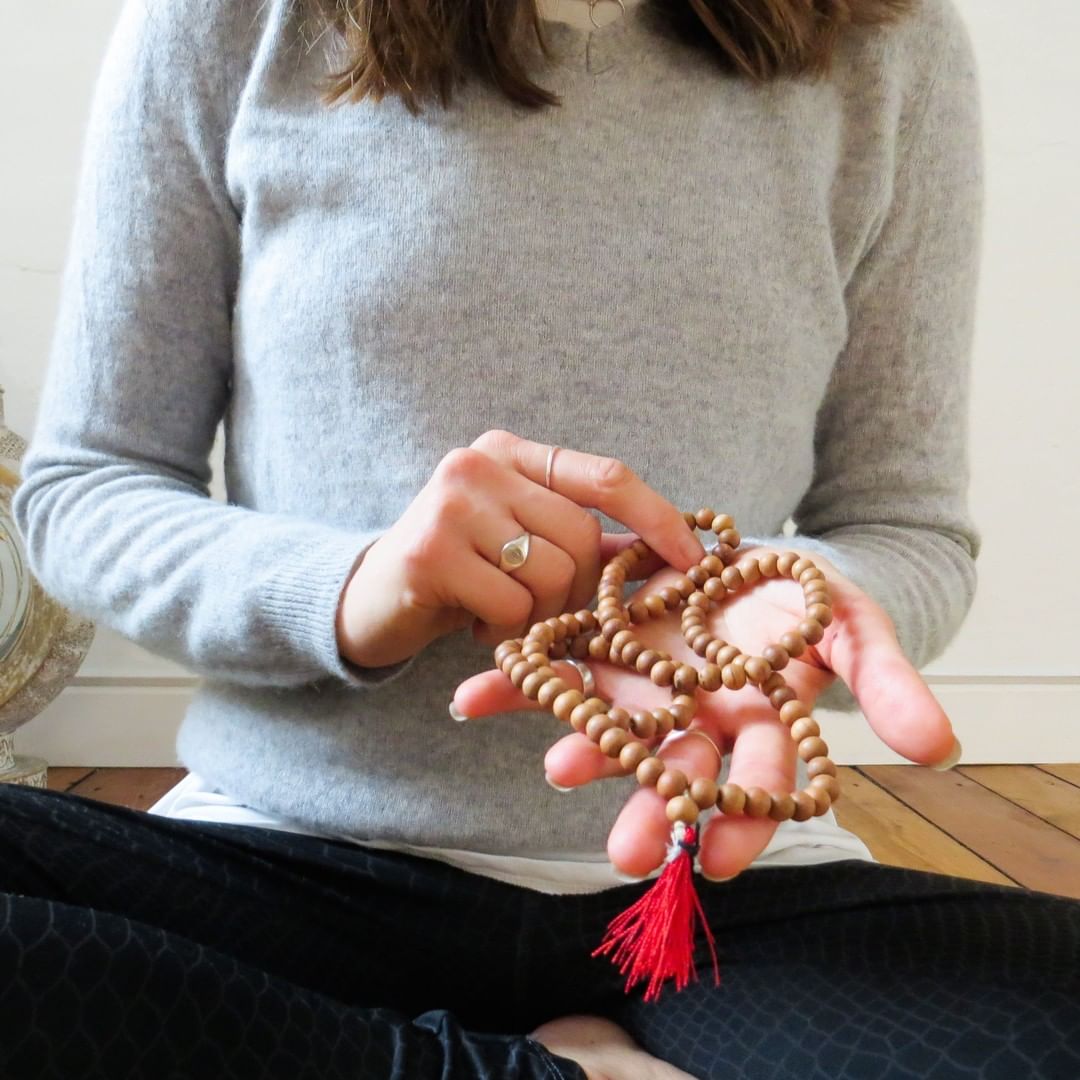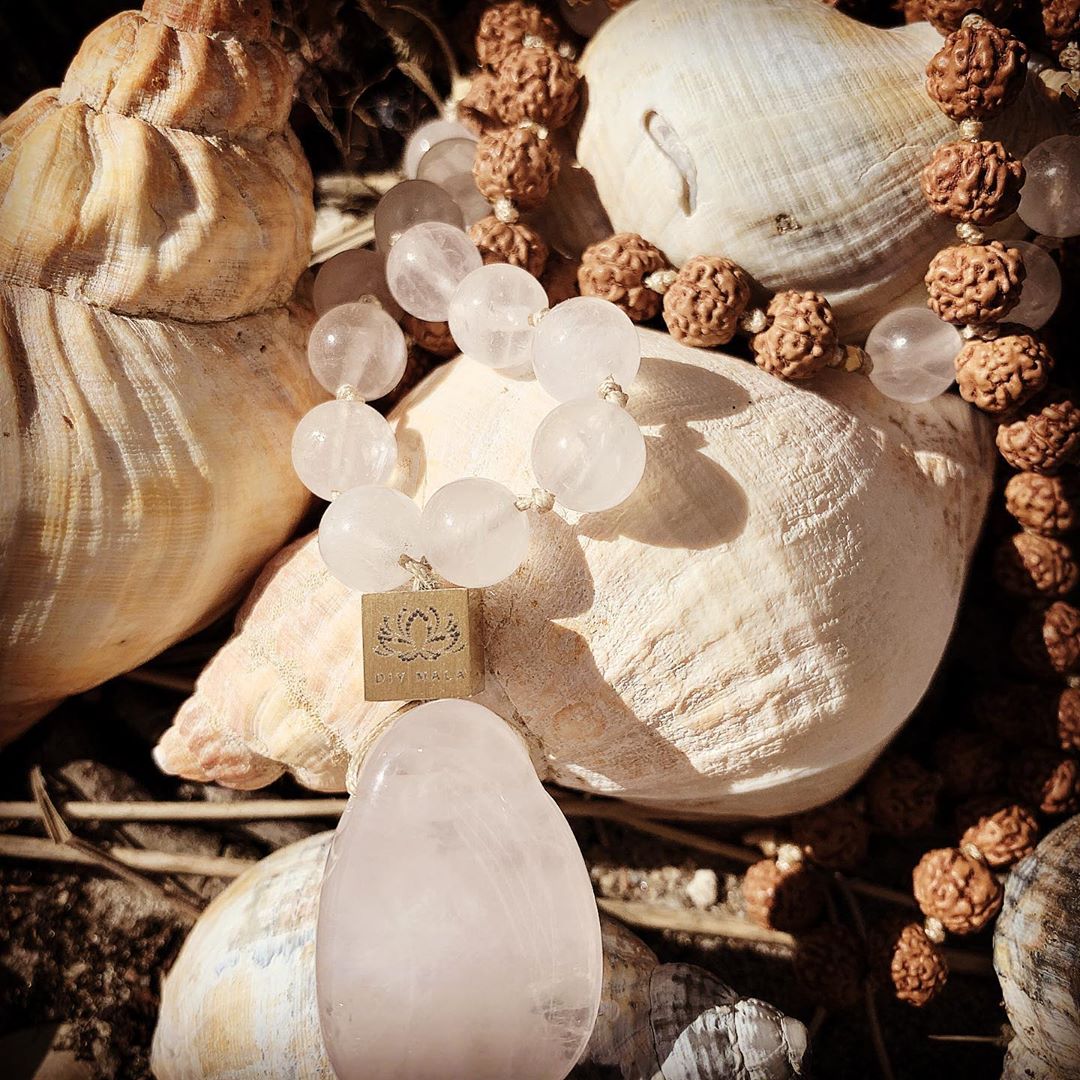
Meditation is a powerful and effective way to focus on the mind, and inner self and to reduce stress. In Meditation practice, Japa has a special place.
Chanting and meditative method of Japa meditation (i.e. both simultaneously) makes human consciousness comfortable and takes it easy to upheavals. So, Japa is also called Mantra Meditation.
What is Japa or Mantra Meditation?

The meaning of Japa or mantra is to give relief to the mind, which means giving relief from misery, anxiety, and suffering, with the help of Japa Meditation practice or Mantra Meditation. To keep the body clean, it is necessary to take a regular bath, and clothes are required to wash regularly.
In the same way on the mind also there is an impression of flying freaks, so it is necessary to regularly chant to wash that fragility. By chanting Japa or Mantra, God is inscribed on the memorial. Based on ‘chanting’, we have the ‘perception’ and ‘remembrance’ of any power we have.
The call of remembrance comes from the invocation, establishment of an invocation, and establishment of achievement. So, let’s now see how the meditation work
How Does The Japa Work?

The friction process which is dynamic by doing Japa stimulates the ‘astral body’ and experiences a new awakening from its heat. Which creates various kinds of movements in the body and mind of the chanting creator and flies into the eternal sky affecting the astral atmosphere.
Japa helps the power of chants, from which you can focus on your thoughts with a calm mind. This meditation is not limited to those who follow any religion. However, people of various religious pilgrims choose their mantras to practice this form of meditation.
Pick a Mantra for Japa:

Pick a Mantra for Japa from the given list only if you do not have a master to provide you with your mantra. The mantra you pick should be adjacent to your heart; its feeling/form/meaning should touch your heart with each recitation. So, here is the list of commonly chanted mantras.
(i) Om
(ii) Aum
(iii) Om Soham
(iv) Om Aham Brahma Asmi
(v) Om Tat Tvam Asi
(vi) Om Namah Shivaya
(vii) Om Shanti
(viii) Om Mani Padme Hum
How to Do Japa:

You can do Japa or mantra either in the early morning, which is considered the perfect time, or in the evening during sunset. You can practice Japa in two ways:
- Silent Japa
- Audible Japa
The Silent Japa process is also known as the “Manasika Japa”. This is a procedure where one has to chant the Mantra silently. It can be difficult for you to follow in the beginning; however, once you concentrate on your mind, this process will appear to you quite influential to repel any peripheral distraction distressing you.
On the other hand, the Audible Japa process is called the “Vaikhari Japa”. This is a form that consists of the recitation of a hymn or mantra in a noticeable pitch at a certain rhythm.
Step By Step Guide to Practice Japa Meditation:

- To practice either Silent Japa or Audible Japa, you’ll need to sit cross-legged on the floor at first, with your back erect
- You can also place a piece of clothing or a yoga mat on the ground
- Choose a timeframe to meditate for about half an hour or more based on your lifestyle & spare time
- You can increase the time of your Japa session slowly but surely
- When you chant the Hymn or Mantra, the sound, as well as the rhythm, will make your mind calm and focused
How to Use Mala Beads?

Japa with mala bead is a Hinduism and the Buddhist practice of vocalizing a mantra while counting the beads. It’s a complete cycle where you release as well as grasp the necessity to know how many times you have chanted and or how many times are left. This complete cycle has no solid end. Different culture generally, uses different materials.
You only touch the Meru bead, seeing the quality of your feeling, the touch, or the current breath. You’re feeling the moment repeatedly.
The unique effects of Mala beads are utilized in Japa to help concentrate our minds & breathe as we move via the process sitting in the same place using one bead to get a different human experience.
As per traditional rules, you need to count mantras with your mala beads. Rolling the mala beads between your middle finger, thumb, and index finger is a biological reminder of your preferences while low voice chiming.
The use of mala beads is performed in different cultures or pastoral practices. However, there are distinct techniques for operating a mala bead for spiritual activations and yogic meditation. Mantras help in reducing stress, pressure, and signs of depression.
What Are The Rules for Japa With Prayer Beads?

For Ajapa Japa Meditation, you need to use a mala. That mala can be made of sandalwood, Tulsi wood, etc. You will have to chant the Mantra or hymn (mostly Sanskrit Alphabet) once and then cross a mala bead. This way you will be able to count how many times you have chanted without concentrating on counting.
- Keep your mala dots in a spotless spot, ideally on your raised area with a single-minded devotion
- During japa, the practitioner’s lips must barely move.
- Try not to give anybody a chance to contact or utilize your mala
- Abstain from demonstrating your mala to other individuals and particularly keep the mala in a place where no one can see that
- It’s a strong method for focusing your mind and harnessing your subtle powers completing the yogic path of self-transformation.
- Evacuate your mala when pooing, resting, or engaging in sexual relations
- Keep your mala dabs perfect and very much kept up. If the dots become chipped, split, or broken you should fix or supplant the mala.
- The most positive time for Japa is Brahmamuhurta, the season of Brahma, at one and a half hours before dawn
- The subsequent best time is at dusk, and the third best is early afternoon
- Before sitting for Japa clean up or wash your hands, feet, and face and brush your teeth and wear clean attire
- Face toward East or North when rehearsing Japa as East and North are viewed as “the residence Gods” and the most advantageous and powerful bearing to be situated while supplicating or reflecting
- Utilize the center finger and the thumb of the correct hand to contact and move the dots with the mantra
- Keep your Japa mala mantra a mystery.
- It is ideal to get your mantra from your Guru or instructor. On the off chance that this is absurd, cautiously pick a mantra dependent on your objectives and aims.
- Articulate your mantra plainly and unmistakably and with no mix-ups—regardless of whether you are reciting quietly. On the off chance that you commit an error rehash the mantra.
- Try not to rehearse Japa briskly or indiscreetly. Do it gradually and carefully with inclination, center, and thus determined commitment.
- You have to practice the Japa Meditation or Mantra Meditation with your eyes closed or with a delicate look
- If you sniffle, yawn, hack, or discharge gas during Japa meditation, it will be considered pollution, and you should begin once again with another round of Japa Meditation.
- After vocalizing each mantra, move to the next bead to repeat the mantra.
- Keep your Meru bead inside your mala bag in a secure place
- Before wearing the mala, touch your guru bead on the bowed forehead, particularly at the third eye center.
- It is better if you could practice your Japa meditation mantras at a favorable time every single day.
BOTTOM LINE:
Choosing a sound vibration or the most powerful mantra for your Mantra Meditation for beginners should not be a job that you fear. It must come from within rather than someone forcing mantric sounds upon you. You can never gain any advantages from the repetition of mantras in case your mind and heart aren’t into it as well and you don’t understand the deep state meaning behind the one mantra.
Hence it’s significant that the Japa mantra must be 1 that is easy to understand for you on a spiritual and personal level. We expect that this content will be an initiative in your long journey of Sat Nam Japa mindfulness.
FAQ:

Q. What is a Japa Practice In Meditation?
A. In meditation, Japa holds a unique place. The Sanskrit word japa is emanated from the core japa-, which means “uttering in a low voice, mutter, repeat internally”. It’s the procedure of repeating a mantra or Om Japa mentally or vocalizing a particular phrase using prayer beads or guru beads while meditating. The word “mantra” or “Japa” means murmuring in Sanskrit word.
Practicing Japa while you meditate, brings healing, divine power, spiritual growth, self-realization, inner peace, personal growth, divine love, self-transformation, and transformative powers to your body. A session of deep meditation practice with mantra recitation with mantras like hari om tat or other sounds has spiritual significance.
The universal sound OM namah shivaya during the practice of Japa helps you observe silence, It also helps in destroying desires.
Q. How do you meditate with Japa?
A. Japa mindfulness is the process of utilizing mala beads to chime a powerful mantra or use a prayer. This kind of meditation is usually used in meditation and other spiritual traditions of Buddhists. There’re no such severe limitations; this can be accomplished while walking, seated, or working.
It’s important to hum or chant the same Mantra constantly using prayer beads. The key element to performing Japa meditation is to recite the Guru Mantra aloud or silently. It can be recited as quickly or slowly as needed to keep your mind focused. Using prayer beads makes things easy to count mantras while you practice of japa.
Q. What is the difference between Japa and meditation?
A. The main difference between meditation and Japa is that meditation is the complete silence of our mind (sit quietly and practice) while Japa brings our mind to a 1-pointed state. However, while practicing Japa meditation, we either create positive habit patterns or negative habit patterns.
Q. What happens when we do Japa?
A. Japa reduces stress as well as calms our minds. The blend of sacred sound, deep breathing, and also the slow constant rhythm of the Japa meditation practice comes with synergistic and inherent calming properties. It entrains the mind to generate specific brainwave states, provide transcendental energy, and remove negative energy.
Q. How do you use Mala beads for Japa?
A. When you use Mala beads for Japa mindfulness, take the mala on your index finger (four fingers i.e. index, middle, ring, and little finger should be together). Then vocalizing a mantra move a bead backward using your thumb. in this way keep on chanting and moving beads to practice Japa.
Q. How do you hold a Japa Mala?
A. Hold the mala in your right hand, wrapped between the index and middle fingers. Starting at the guru bead, use the thumb to count every small bead, dragging it toward the back when you chant your mantra.
Q. What are the Japa Meditation Benefits?
A. Japa meditation eases tension and promotes mental clarity. Deep breathing, sacred music, and a japa meditation practice’s slow, steady rhythm have natural and beneficial soothing effects. With this technique, you can entrain your mind to produce a certain set of brainwave states.
Q. What is a good mantra Or Sanskrit word For Practicing Japa Meditation?
A. Here is the list of commonly chanted mantras for Practicing Japa Meditation
(i) Om
(ii) Aum
(iii) Om Soham
(iv) Om Aham Brahma Asmi
(v) Om Tat Tvam Asi
(vi) Om Namah Shivaya
(vii) Om Shanti
(viii) Om Mani Padme Hum Mantras
To Know More About Techniques Click The Link Below:-
- What Is Taoist Meditation | Technique Of Taoist Meditation
- Different Buddhist Meditation Techniques
- What Is Abraham Hicks’s Morning Meditation?
- How To Do Transcendental Meditation Step By Step
- What Is Shiring Mantra And Its Benefits?
- Guide To Basic Morning Meditation Techniques
- Some Of The Inspirational Meditation Quotes!




